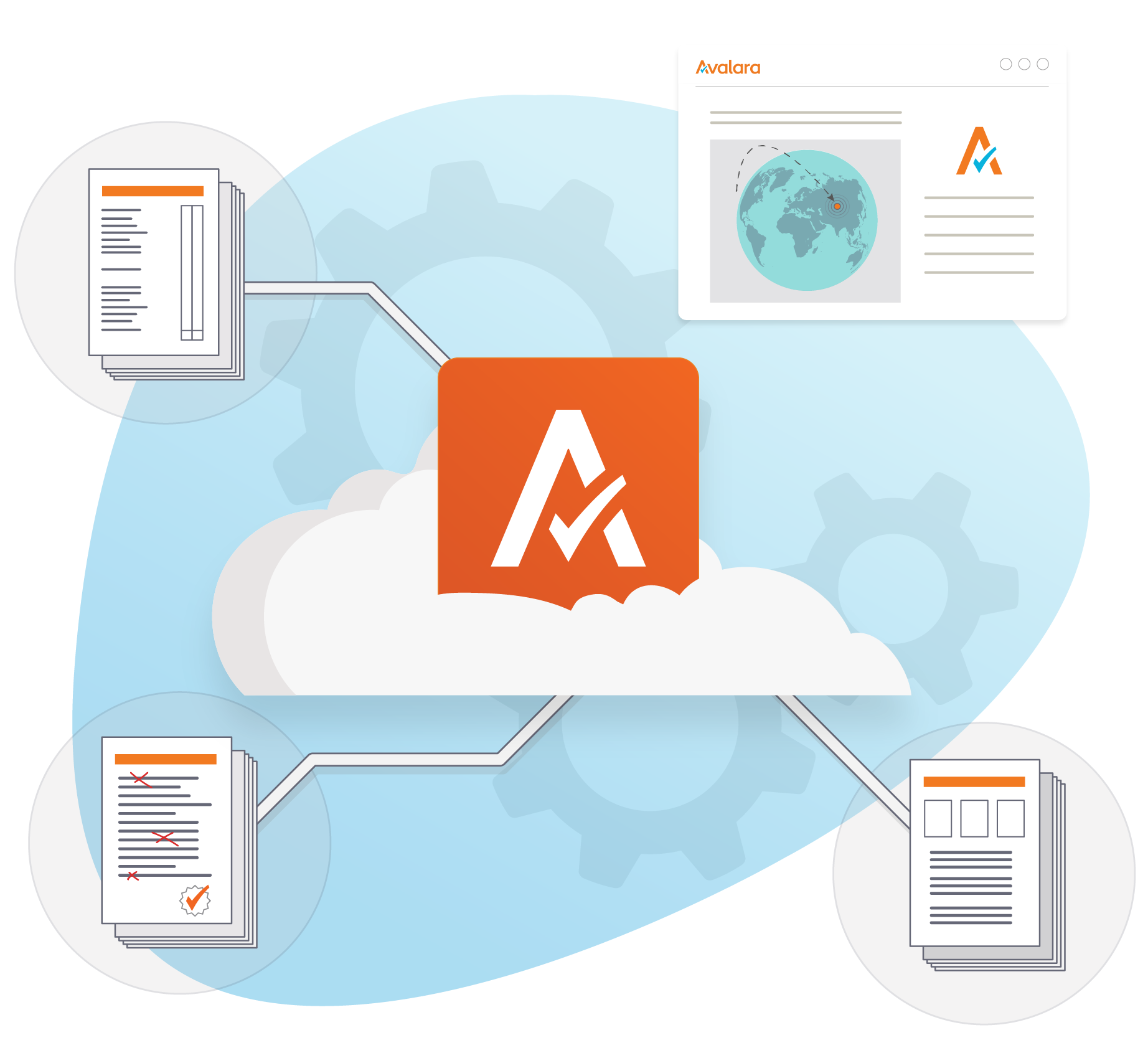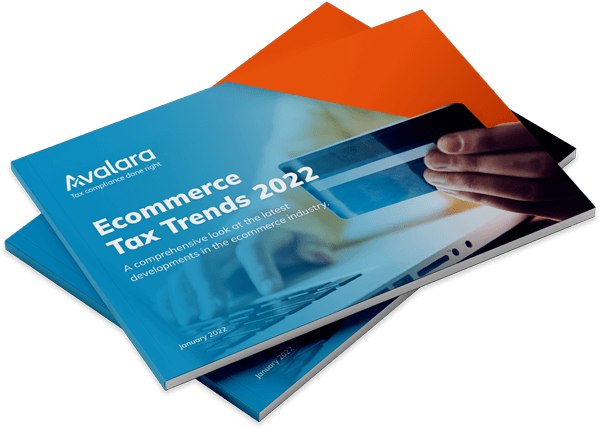
Building a business case for e-invoicing
E-invoicing is a change that most companies will need to embrace, either now or in the near future. But, it’s not always easy convincing stakeholders that the investment is worth the payoff, particularly in today’s post-lockdown environment.
Going back to basics, a compelling business case is one where you can justify the costs of an initiative, demonstrating that it will result in a positive return on investment (ROI). As e-invoicing is a relatively new domain for many businesses, it can be challenging to overcome the concerns of budget-conscious stakeholders.
In this article, we take inspiration from our eBook How to Successfully Implement an E-invoicing Solution to discuss how businesses can tackle the challenges of e-invoicing adoption and get the relevant stakeholders on board.
Obstacles preventing companies from adopting e-invoicing
Some companies may view e-invoicing with trepidation for several reasons. But often these concerns can be overcome when looking at the benefits of adopting e-invoicing and choosing a flexible solution.
Below, we’ve outlined some of the main challenges preventing businesses from making the switch to e-invoicing - along with solutions to overcome them:
- Complex legal requirements. E-invoicing regulations aren’t straightforward. The country-to-country variations can cause a compliance nightmare for global businesses if they don’t have the right solution. However, robust e-invoicing software can cut out the bureaucracy and ensure compliance in just a few clicks.
- Large-scale change. E-invoicing affects more than just the finance department. Implementing e-invoicing will likely require an update on how transactions are handled throughout the supply chain. Effective change management is, therefore, essential. Otherwise, the switch to e-invoicing could overwhelm businesses with departments in various stages of technological advancement.
- Lack of budget. In today’s economic climate, a lack of budget will be a common barrier to e-invoicing adoption - particularly for those choosing to tackle it internally. Outsourcing to an expert will require an initial investment, but a company can quickly achieve significant savings compared to using paper invoices. Plus, they will earn back time and free up staff for higher-value tasks, thanks to process automation.
- Divergent requirements of trading partners. If no mandatory e-invoicing rules exist, trading partners may have different requirements regarding e-invoicing formats, methods and processes, which can turn stakeholders off the idea. But, outsourcing e-invoicing to a proven expert can provide the assurance they need to get on board. Third-party specialists will have the capability to address all sizes of trading partners with independent requirements seamlessly.
Building a business case for e-invoicing
Here’s a summary of the key steps involved in building a compelling business case for e-invoicing.
Step 1: Detail current state and desired future state
To analyse the current state, describe the processes currently in place, highlighting the major pain points and key issues that affect the organisation and AP/AR stakeholders. By doing so, you can establish a baseline for operations that will help determine the organisational readiness for digital AP/AR transformation.
Determining the desired future state involves determining gaps in existing capabilities based on your current state analysis and creating a set of proposed changes necessary to attain the desired future state. When determining the formal requirements for the project, you must include the desired functional specifications, technical considerations and relevant needs such as training and budget.
Step 2: Set realistic KPI's
No initiative can be successful if success itself is not defined. KPIs enable businesses to track progress, but they only work when they’re realistic, measurable and precise. For instance, a core KPI for e-invoicing adoption could be the time saved on manual processes by AP staff. Try to relate your KPIs to the company’s overall vision to further bolster your business case.
Step 3: Build a logical argument for e-invoicing
The potential ROI of an effective e-invoicing solution will likely dissipate any doubt lingering in the minds of stakeholders at this stage. Consider weaving the following benefits into your business case to boost confidence in e-invoicing:
- Data quality. By removing the need for human interaction, e-invoices can’t be tarnished by human error. Instead, the data captured is accurate, structured and accessible, minimising the risk of non-compliance while expediting payments.
- Efficiency. Manual invoice processing is a time-consuming, tedious process for AP staff. Businesses free up valuable time, assigning employees to more high-value tasks through e-invoicing.
- The environmental aspect. By removing unnecessary paper waste from the back office, businesses can advance towards their ESG targets and lower their carbon footprint. In an increasingly eco-conscious world, the environmental benefits of e-invoicing could be a game-changer for companies that are still on the fence.
Step 4: Communicate the scope and timeline for approval
Although there’s no end date for any digital transformation project, it’s essential that stakeholders have a timeline to follow progress and ensure that the investment was a worthwhile one.
For example, you can determine the various stages of the company-wide e-invoicing rollout, when you expect to see results and when the business should reassess the situation if the ROI isn’t what was hoped. In the last instance, you must present a clear plan to pivot to provide stakeholders with reassurance should the worst happen.
Download our eBook to make your e-invoicing project a success
Setting up any new system for the first time can be a challenge. It’s not just the initial installation of software or training staff, but the continued smooth running of processes after that.
E-invoicing will be new territory for many AP/AR departments. A clear implementation plan is therefore required to make the switch to electronic invoice processing as smooth as possible for everyone involved.
Download our eBook, How to Successfully Implement an E-invoicing Solution to learn more about how to get stakeholder buy-in and successfully implement an e-invoicing solution in your business.
Avalara E-Invoicing and Live Reporting
Futureproof your global growth. Our e-invoicing solution is compliant in over 60 countries.
Stay up to date
Sign up for our free newsletter and stay up to date with the latest tax news.



